The Chinese architect Lyndon Neri, co-founder of Neri & Hu Design, seeks to highlight in his projects the Chinese notion of ruins from the ruinophilia concept. This term, explained on the book Architecture of The Off-Modern by Svetlana Boym, a Russian-American cultural theorist and artist talks about the contemporary ruinophilia related to the prospective dimension of nostalgia, which is reflective rather than restorative, efficient rather than imaginary, giving a radical perspectivism of “world picture” towards potential futures.
On this matter, Neri explained in the Ruinophilia conference carried on this year at Toronto University, that his architectural projects and the understanding of ruinophilia in the Chinese context prompt a new critical paradigm of architecture that binds the efficient with poetic, the reflective with meaningful, the extraordinary with the unconventional, the nature with inhabit and the sustainable with reuse. In the same way, Neri’s artwork points out a call to reflect upon the United Nations Sustainable Development Goals such as Industry, Innovation and Infrastructure, Sustainable Cities and Communities and Responsible Consumption and Production.
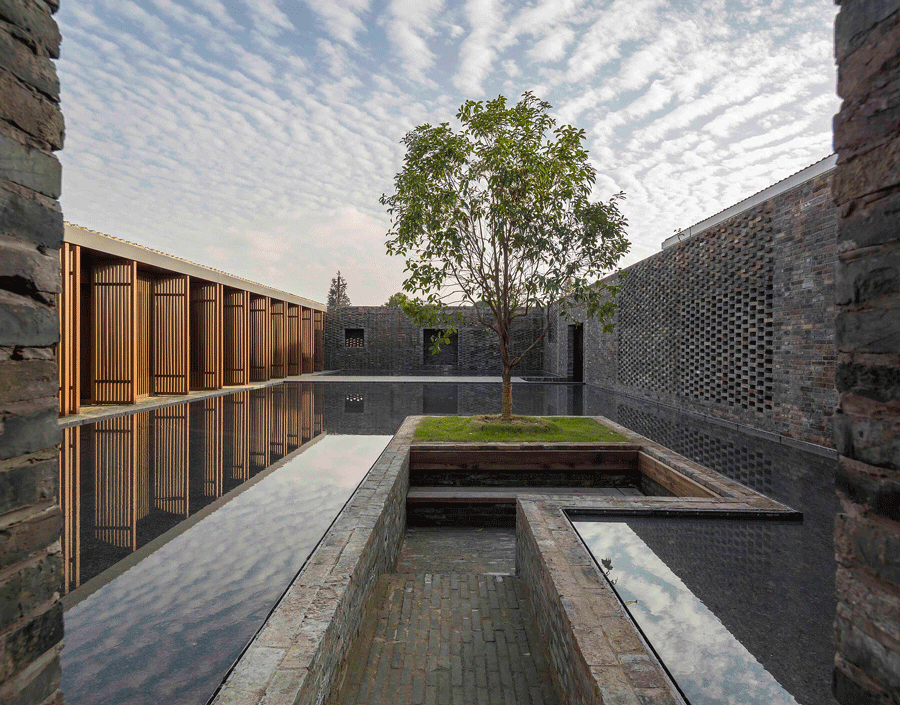
To delve into the subject, there are some differences between the Western and Eastern aesthetic concepts of the ruins, and what to do with them over time has been a concern for many architects. For instance, the author at ARQA, Myriam Mahiques says that in the Renaissance, the ruins are legible remnants that create the romantic notion of ruins as a visual aesthetic and a repository of knowledge and admiration of the past.
Then, in modernity appears the revival of architectural restoration, where many buildings were recycled regardless of their aestheticism. On the contrary, Neri argues at the conference (2023), that Chinese' ruins no longer convey their original grandeur. "The superstructures have disappeared, leaving only foundations in the form of rubble." Therefore, the Chinese concept of ruins depends on a notion of absence and void as aftermaths of the demolition of traditional urban areas to give way to "a new city."
Likewise, the architect explains how the concept of ruin in China is deeply internalized from the collective memory, being one with nature and the void, which is manifested in the literary and artistic Chinese tradition through poetry and painting. In these genres, nostalgia plays a crucial role in death, decay, rebirth, innovation and creativity. Here, he quotes the artist Svetlana Boym, who says “working with ruins is a form of tolerating disharmony - they are not only symptoms but also sites for a new exploration of deep meanings.”
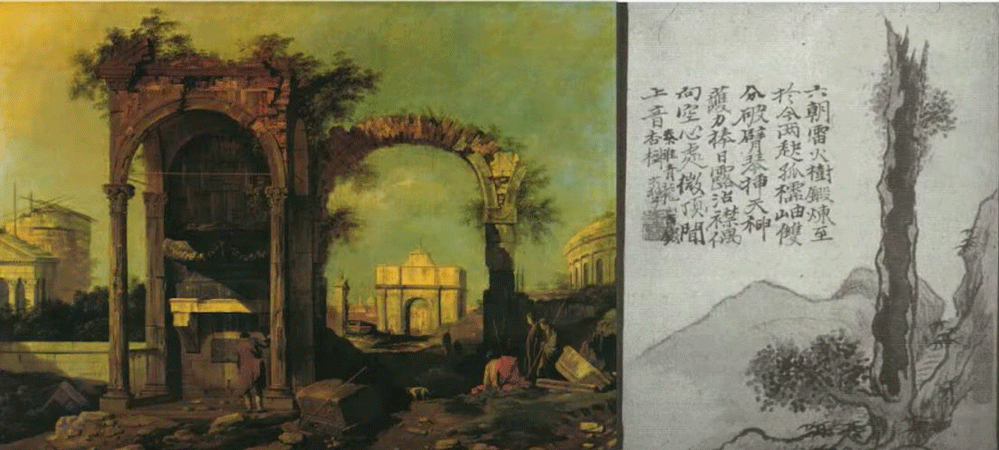
In this regard, Lyndon Neri's artwork looks at the past differently and gives alternative strategies to reconfigure without demolishing historical remnants. A primary inspiration is the oriental aesthetics emphasizing balance and harmony between opposites and the intuitive experience, where reality and emptiness allow the viewer's imagination and feelings to flourish.
Ultimately, the creation is something anomalous that relates contrasts in a harmonious and complementary dialogue: the interior and exterior, the public and private and the new and old, and so on
Two outstanding works carried out by the architect Neri are The Vertical Lane House - Waterhouse and The Relic Shelter, both in China. The first one, is a boutique hotel built into a Japanese Army building, which is recomposed by memories of the city. Neri&Hu Design and Research Office mention on ArchDaily that “the original concrete building has been restored while new additions built over the existing structure were made using Cor-Ten steel, reflecting the industrial past of this working dock by the Huangpu River. Neri&Hu’s structural addition, on the fourth floor, resonates with the industrial nature of the ships passing through the river, providing an analogous contextual link to history and local culture.”
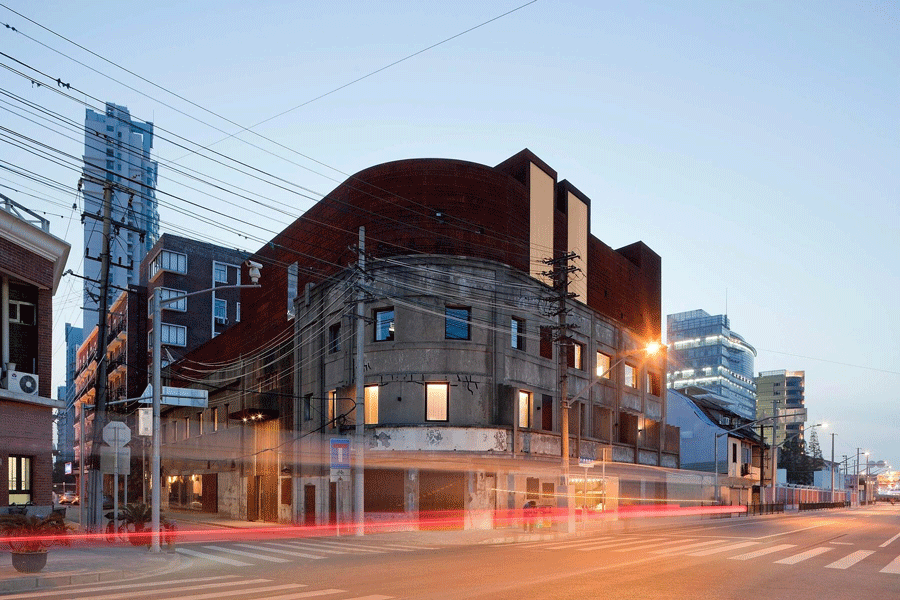
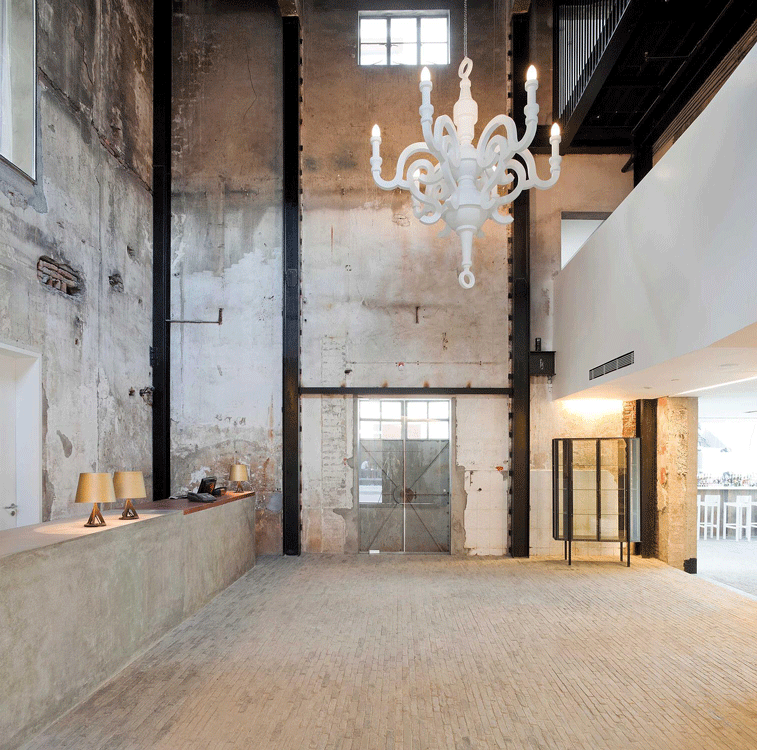
The second one, is a teahouse, which appears as a container of a historic Chinese structure. According to Lyndon Neri, the project draws inspiration from imagery uniquely associated with Fuzhou: the Jinshan Temple in the middle of a river. For the architect, the act of containment is understood in architecture as a means of enclosing and sheltering, as well as demarcating a space or protecting something, in this case, a high–ranking Qing dynasty house.
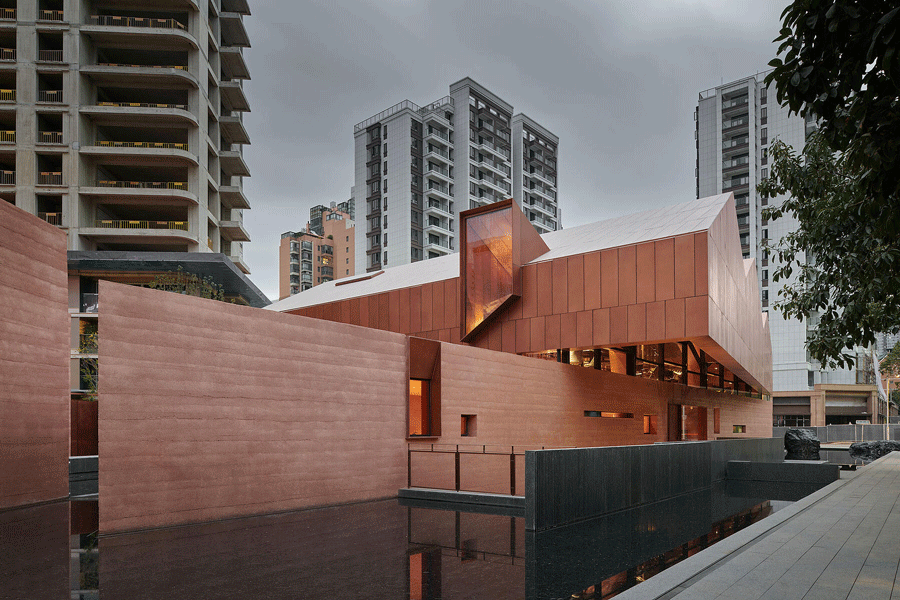
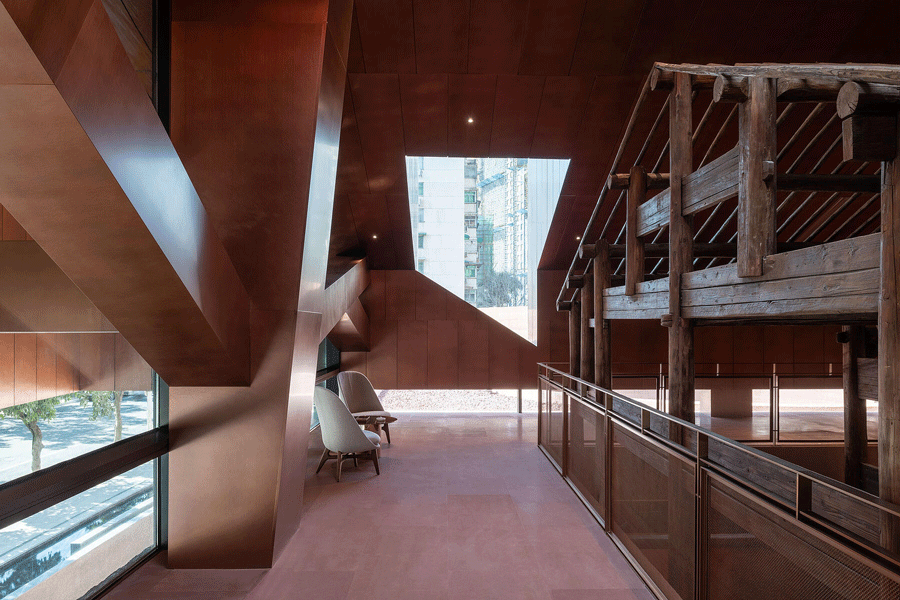
To conclude, ruinophilia highlights new paradigms about sustainability and architectural reconfiguring from the poetic, reflective, meaningful, anomalous and efficient practice and thought. A nostalgia dimension that enhances the human spirit in relation to cultural identity, time, nature and the universe.
